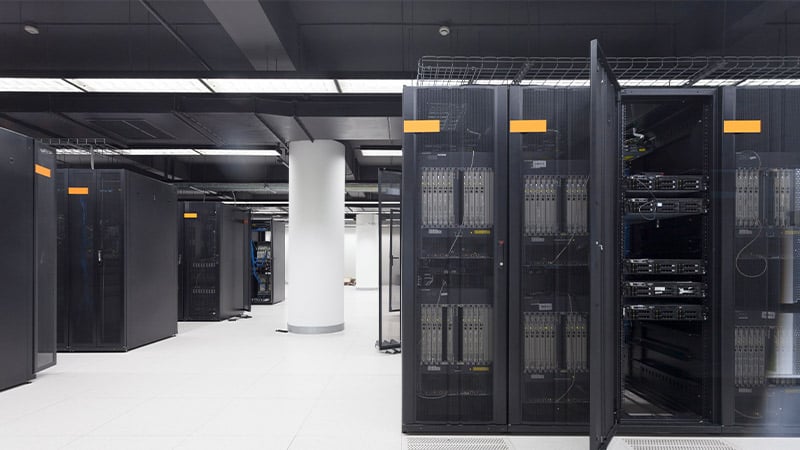The artificial intelligence (AI) market is expanding globally and is expected to reach a compound annual growth rate of more than 31% by 2029. As this growth continues, data centers’ service capacity demands, thermal and energy provisions, consumption, and management requirements increase. In order for data centers to support high performance computing (HPC), the physical infrastructure will need to be adapted to meet the new demands. This raises the question: Should we completely rethink the design of data centers?
By region, Latin America is prepared and has been gearing up to receive HPC- and AI-driven investments. Data from the United Nations Development Programme (UNDP) indicate that AI is projected to contribute up to 5.4% of Latin America's GDP by 2030 - lagging behind other regions, but still a significant advance. However, the region must begin to gradually adapt its current critical digital infrastructure to meet high-performance needs and provide a comprehensive support platform to enable AI systems. This involves integrating advanced technologies, providing higher capacity power and cooling capabilities, and balancing energy distribution with efficiency, as detailed below:
- Adapting to new thermal consumption requirements: AI presents new thermal challenges in data centers. Historically, a consumption of 20 kW per rack was standard, but IT loads are accelerating with GPUs to meet the computing needs of AI models, with capacities of up to 100 kW or more in the same space as a traditional server. This accompanying surge in thermal loads surpasses the capabilities of air cooling, making the implementation of advanced solutions, such as liquid cooling, essential.
Liquid cooling becomes fundamental for managing the high thermal loads generated by AI applications, and is available in a variety of configurations, including back-door heat exchangers (RDHx), direct-to-chip cooling and immersion cooling. These solutions offer several benefits, including improved heat removal efficiency, reduced energy consumption by maintaining optimal temperatures and lower operating costs.
This technology and the different parts that require this type of infrastructure, such as cooling distribution units (CDUs), manifolds, and cold plates provide direct cooling to the chips. This heat exchange, which can be through air or water, are just some of the different ways to meet thermal requirements.
- Using energy storage systems: Lithium-ion battery storage significantly contributes to good grid citizenship. Once enabled for storage and distribution management, these batteries allow stored energy to be used during peak demand and even without emergencies, reducing the load on traditional power grids and improving overall energy efficiency. The integration of renewable energies such as solar, wind, and hydrogen fuel cells also plays a crucial role in this transition.
Currently, 60% of the energy matrix in Latin America and the Caribbean comes from renewable resources, and the region aims to reach at least 70% by 2030. With this abundance of natural resources, there is great potential for adopting clean energy.
- Modular critical infrastructure solutions: The application of prefabricated modular solutions is a good way to quickly deploy capacity for AI/HPC because their scalability makes them ideal for building future data center expansions. They also offer repeatable designs and high quality with the ability for factory-integrated controls. Factory integration and testing also enables fast and efficient deployment.
This technology can also provide complementary benefits, such as optimizing operations to free up capacity, and increasing energy efficiency.
The mainstreaming growth of AI requires data centers to adapt their infrastructure and meet increased capacity, thermal management, and power demands. This means implementing innovative solutions. To learn more about practical strategies and a step-by-step roadmap for deploying liquid cooling for 1MW IT loads, Vertiv has created the guide: Implementing Liquid Cooling in the Data Center, which you can download here.






